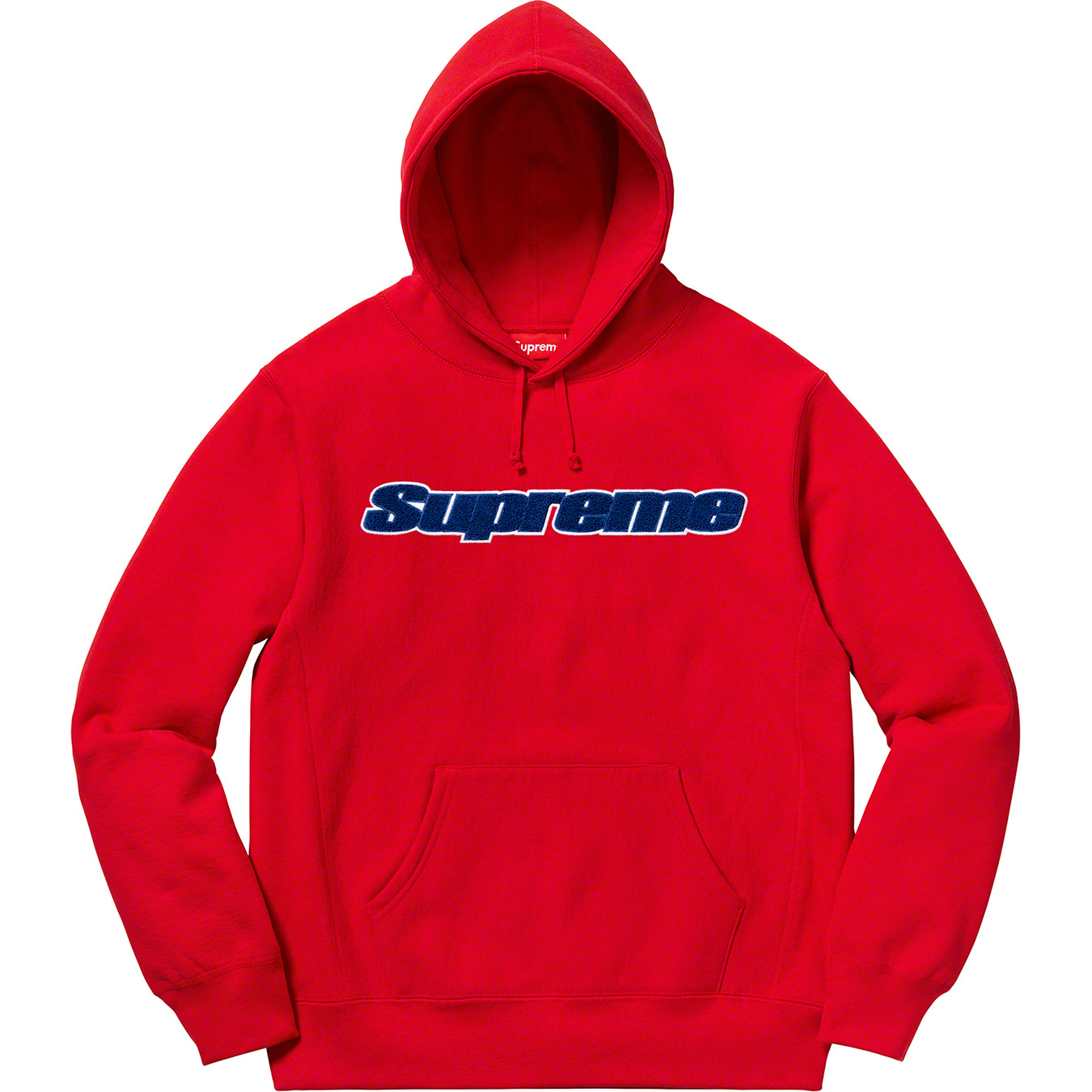Sweatshirts are long-sleeved pullover tops that are composed of thick cotton. They are typically worn casually and are not so formal as sweaters and cardigans. They may not have the or hood. If you're thinking of buying a sweatshirt here are some suggestions:
Norma Kamali spread the appeal of sweatshirts
Since the late 1970s, Norma Kamali has transformed the basic sweatshirt into an art form. Her designs have become a staple in almost all women's wardrobes. Her distinctive designs vary from a tummy-tucking neck , to leather paneled sweatshirts. Her clothing is also designed in unusual shapes, such as a tank top with an extended trumpet skirt.
A collaboration of the designers and sweatshirt manufacturer Everlast gave rise to her Timeless collection, which was an instant hit when it was featured in Spiegel's spring 2006 catalog. Get more info was made up of interchangeable and convertible knits with classic designs and many of the pieces were priced at less than $20. Even the The Norma Kamali Timeless collection wasn't available in stores, customers were able to find the items for sale on eBay or Poshmark.
Merino wool sweatshirts are more comfortable than soft sweatshirts.
Merino wool is well-known for its ability to wick moisture away which help to keep you dry and comfortable. This is a naturally-occurring fiber that also offers a smoother and more comfortable feeling. It is also quick to dry when compared with other natural materials. Furthermore, merino is a sustainable resource. Merino sheep shed their coats each year, and then grow new coats.

https://canvas.instructure.com/eportfolios/2005025/Home/What_you_ought_to_Know_About_Sweatshirts_2 -to-heat ratio is high, and the warmth of wool makes it an ideal material for sweatshirts. It assists in regulating body temperature due to its loft that naturally holds heat in the fibers. This is the reason Merino wool sweaters are ideal for summer and outdoor activities like hiking, mountain biking, and running. The warmth it offers ensures that the wearer stays comfortable and dry. https://paste1s.com/notes/6OOSQ3 is important when exercising.
Zip-front hoodies feature kangaroo pockets.
Kangaroo pocket hoodies are a popular style of hoodie. They have a huge pocket in the front, that keeps your hands warm during cold days. They're much more practical than traditional pockets because they permit the hands to slide in and out with ease.
Kangaroo pockets are typically large enough to hold a wallet or some other small items for personal use. They are commonly large enough to accommodate a small hand and are sufficient to hold two hands. They feature wide openings on either side , and are ideal for carrying small objects.
French Terry fabric is a well-loved fabric for sweatshirts.
The French terry fabric is made of soft yarns that are knitted into loops and are usually mid-weight. It is also known as a fabric that wicks away moisture and is pre-shrunk. French Terry is an excellent choice for sweatshirts because it is warm when you're in need and keeps you cool when you're trying to cool off.
French terry is also popular for loungewear, since it is stretchy enough and has enough flexibility to feel comfortable on your skin. It also allows air to circulate around the fabric, making it ideal for layering underneath other clothes. Additionally, since it's lighter than other sweatshirts you can wear it all through the year without feeling too warm or cold.
Hoodies are classy and have a connotation of class.
Although it could appear that hoodies are just an appropriate clothing item for those who are working class, the reality is that they carry classist connotations. Hoodies were first seen in the 1970s , in New York, where graffiti artists would wear them to conceal their identities. In 1976, hoodies made their major movie debut with "Rocky," when the working-class title character wore grey sweats that were hooded during his memorable climb to the top of the steps of the Philadelphia Museum of Art.
Hoodies are usually associated with destruction, death, and other undesirable items, yet they also serve practical purposes. For example, monks and priests might wear hoods in order to display respect and a sense of self-control.
